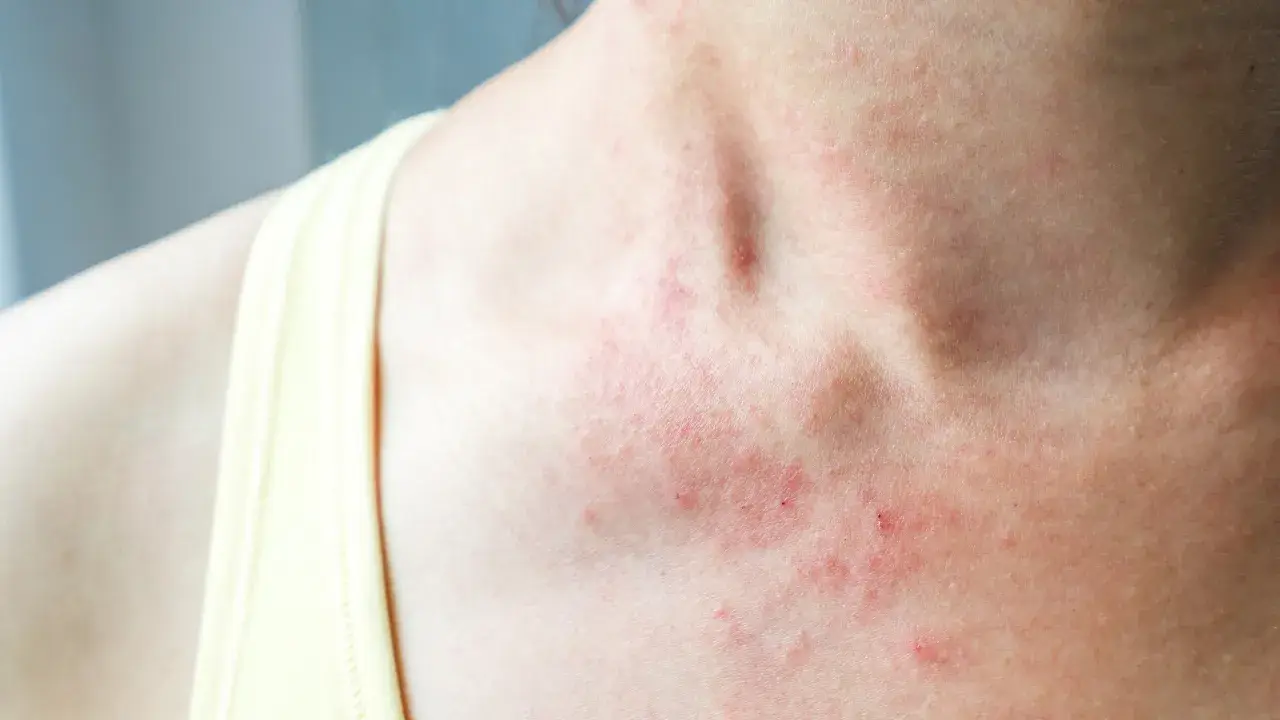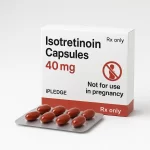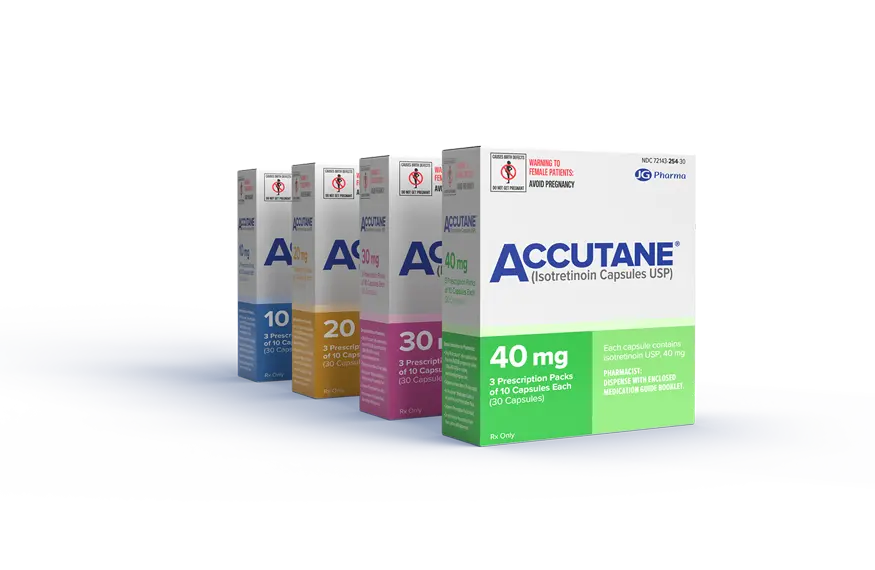If you or anyone you know has eczema, you know how stressful and frustrating this condition can be. Even though there is no cure currently, there are many helpful ways and tools we have out there to help us manage eczema.
What Exactly is Eczema?
Eczema is a common chronic, inflammatory skin disease known for its itchiness. To be specific there are seven different types of eczema: atopic dermatitis, contact dermatitis, nummular eczema, seborrheic dermatitis (dandruff), dyshidrotic eczema, neurodermatitis, and stasis dermatitis. When people think of eczema, they are usually thinking about atopic dermatitis, the most common type.
While the exact reason why people suffer eczema is unknown, we do know a fair amount about it. Like many other skin conditions, is due to an overactive immune system, genetics, and environmental factors. This overactivation of the immune system disturbs the skin barriers and causes it to become dry and therefore itchy. The genetic part of this equation is from a protein called filaggrin, which protects and maintains the moisture in your skin. Research shows people with eczema typically have some sort of filaggrin deficiency. Not having this “moisture protector protein” leads to dry and itchy skin, as seen in eczema.
While one can get eczema on any part of the body, the most common places are in the skin creases where this is friction between skin rubbing against each other like behind the elbows, knees, lower legs, and neck.
What are the Common Symptoms?
It is important to know what the most common symptoms of eczema are as it is easily confused with other skin diseases like psoriasis, drug eruptions, scabies, and contact dermatitis (allergic skin reaction) to name a few. Only with the correct diagnosis, we can effectively and appropriately treat this skin disease!
- Itchy skin – This is without a doubt the most troublesome symptom of eczema. The itchy skin causes people to scratch the skin for relief. However, this scratching leads to microtears, allowing irritants and allergens to enter the broken skin. These irritants can lead to more inflammation in the skin. Now the skin is inflamed further disturbing the skin barrier, leading to more itching. Sometimes the itch can be so relentless, that people itch until they bleed or sometimes continue to itch unconsciously in their sleep.
- Sleep disturbances – When the itch is so bad, it may even interfere with sleep leading to sleep deprivation in severe cases. About one-third of eczema patients have complained of sleep-related issues, including daytime sleepiness, fatigue, shorter overall sleep time, and even insomnia. This is sometimes seen as the second most burdensome symptom of eczema.
- Dryness – Because of the weakened skin barrier from eczema, the skin is unable to retain moisture causing it to become dry. Additionally, eczema patients generally lack filaggrin, the “moisture protector protein” further dehydrates and dries the skin. Dry skin can easily tear or become inflamed and is prone to infection. This is why eczema is commonly known as the “itch that rashes.”
- Scaly patches – This is typically a result from the frequent itching in eczema. Prolonged itching causes the skin to have a rough, almost leathery appearance which can also be seen as scaly, bump patches. When the patches are in prominently visible areas like the neck and arms, they can lead to social distress. Sometimes people worry if the affected person has something contagious, they can “catch” even though this is clearly not the case.
- Discoloration of skin – This is another result of both the inflammation and scratching in eczema patients. The type of color discoloration depends on the race and tone of the person’s skin. For example, on lighter skin, it appears as red or pink rashes, while on darker complexions it can appear as deep purple, brown, or even gray rashes.
- Oozing and crusting – Sometimes small blisters can form, with a clear fluid to straw-color fluid. If these blisters are scratched, it can lead to oozing, followed by yellow-to-orange crusting of the liquid. This is also known as “weeping eczema” which is the result of significant inflammation from the skin’s dilated blood vessels. In extreme cases, this can even lead to infection.
Who Gets Eczema?
As one of the most common inflammatory skin conditions in America, it is estimated more than 31.6 million Americans suffer some type of eczema. Research shows that 1 in 10 Americans will be affected by eczema at some point in their life. That’s a lot of people!
It affects people of all races, ethnicities, and skin colors. While it can affect someone at any age, it is most common in children before the age of five years. Women seem to be more likely to be affected by eczema than men, as is the case with most inflammatory conditions.
Given the genetic component involved, there is a higher risk of having eczema with an associated family history of eczema, hay fever, asthma, and food allergies. It is believed that the overactivation of the immune system leads to a disruption of the normal skin barrier. Conditions like hay fever, asthma, and food allergies similarly are are also due to an overactive or confused immune system. Environmental variables can affect the moisture in the skin, changing the skin’s protective barrier which makes certain people more prone to eczema.
What are the Triggers?
Being a chronic condition, eczema generally occurs in flare-ups, or recurrences in response to a trigger. It is crucial to identify these triggers, so one can hopefully avoid or work around these eczema triggers. Essentially, anything that can disturb the skin’s protective barrier, deprive the moisture in the skin, or further inflame the skin can be a trigger. However, eczema affects everyone differently. So, triggers may vary from person to person.
Let’s explore the most common ones to be on the lookout for!
- Harsh chemicals – These can irritate eczema patients’ already fragile skin barrier. They are most commonly found in soaps, detergents, body washes, and cleaning products. People who suffer from eczema are recommended to avoid strong fragrances and fabric softeners or opt for the milder washes that don’t have strong scents/fragrances. The nice scents can strip the skin of protective oils, crucial for retaining moisture.
- Extended exposure to dry air, extreme cold, or heat temperatures – The dry air can be damaging to eczema patients as they already are prone to dry skin. Some people note their eczema worsens in the summer because the sweating and friction can cause them to itch more, promoting the itch-scratch cycle. It is helpful to wear lighter, more breathable clothing to minimize sweating. Whereas some people note their eczema worsens in the winter, because of the drier temperatures drying out their skin. Having a humidifier can be beneficial in the winter months, to lock some of that moisture in the air.
- Stress – Physical and emotional stress can spark eczema flare-ups. Stress causes cortisol to be released which suppresses the immune system, increasing the inflammation throughout the body, including the skin. While it may be hard to eliminate all stress from one’s life, having healthy coping mechanisms to manage stress such as yoga, meditation, or exercise can be very helpful. Find something that calms your nerves and stick to it!
- Certain foods – Soy, eggs, cow’s milk, and gluten are known to trigger eczema flare-ups. These foods are common allergens and can increase inflammation in the body, and therefore skin, inducing an eczema flare. While these are the most common foods, this is not all-inclusive. Each person reacts to different types of food differently. It is important to keep track of what causes your eczema flare-ups so you can be mindful of what your skin specifically reacts to, as this is unique to you!
How is Eczema Treated?
Unfortunately, there is no permanent remedy for eczema currently, but there are many treatments to help manage it. Treatment depends on the severity of the disease and its symptoms.
- Moisturizers– Since dry skin is the root of many of the symptoms of eczema, moisturizers are the cornerstone of eczema management. Remember to choose a moisturizer without strong scents/fragrances as they can be irritating to the skin. The best time to moisturize is within three minutes of bathing when the skin is still slightly damp. Whenever you wash your hands, the water removes natural oils on your skin so be sure to moisturize every time you wash them. Try choosing lotions with oat, shea butter, aloe, glycerin, petrolatum, niacinamide, and hyaluronic acid. Some of our favorites are: CeraVe moisturizing cream, Eucerin daily hydration, Vanicream moisturizing cream, and La Roche-Posay Lipikar Eczema cream.
- STOP scratching! – Easier said than done. While scratching might offer temporary satisfaction, it is actually causing more harm than good. It is beneficial to keep fingernails short and clean to avoid introducing allergens and risking infection. Wearing gloves can help deter scratching and be a helpful protective measure, especially wearing them at night when scratching can be unconscious.
- Bleach baths – mild bleach and water solution can calm down inflammation and itching in eczema patients. You can fill the tub with warm water (avoid using hot water even though it might be tempting) with a half-cup of household beach. You can soak up in the bleach bath for about 10 minutes, then rinse off with fresh water. It is advised to have bleach baths 2-3 times a week.
- Wet wrap therapy – In severe eczema flares it can be helpful to use wet wrap therapy. This consists of wetting fabrics in water and applying it to the affected body areas. For the wet layer, you can use clean, white clothing or gauze and for the dry layer, you can use a sweat suit or pajamas. First, wet the clothing/gauze in warm water until damp on the affected area followed by gently wrapping the dry layer on top of the set one. You can wear loosely fitted clothing on top to maintain the dressing. Usually, this is worn overnight or for several hours. It would be best to do wet wrap therapy, after bathing, moisturizing, and sometimes after applying topical medications.
- Corticosteroids– When conservative treatment isn’t cutting it, you can start with over-the-counter (OTC) corticosteroids such as topical hydrocortisone. Steroids reduce inflammation and can help relieve itching temporarily. It is crucial to avoid using topical steroids for more than 2 weeks because of the long list of unwanted side effects from prolonged use such as skin atrophy, stretch marks, and hair loss to name a few. For stronger prescription strength steroids, it is important to consult with your physician or dermatologist.
- Avoiding triggers – remember eczema affects everyone differently. While it is good to know the most common ones, it is better to know what your skin specifically reacts to. You can keep a notebook nearby to jot down anything you note your skin flaring up to. The National Eczema Association created an app called EczemaWise which helps make it easier to track everything in one place. EczemaWise has tools to record symptoms, triggers, sleep, and treatment schedules. You can download the app here: https://www.eczemawise.org/
When is it Time to See a Professional?
While you can manage eczema symptoms with the above conservative treatment most of the time, in more severe cases it still isn’t enough. If you find you have trouble sleeping, have tried OTC treatments for several weeks without relief, having trouble with day-to-day activities, or are constantly consumed with itching and eczema symptoms, it’s time to speak with your dermatologist. There is only so much you can do at home.
Dermatologists have numerous tools to help you get your eczema under control. When eczema is limited to a specific area on the body, for fast temporary relief, they may prescribe topical steroids (like clobetasol or mometasone). If that doesn’t work there are oral medications like cyclosporine or methotrexate, which are used cautiously as they come with their host of side effects. When disease is extensive, dermatologists can consider targeted systemic treatments to control eczema symptoms. Systemic treatments like JAK inhibitors like abrocitinib, dupilumab, and tralokinumab are FDA-approved for moderate-to-severe eczema. These treatments focus on specific eczema inflammation pathways so usually have much less side effects than previous eczema medications.
To Wrap it Up
Eczema is one of the most common skin diseases in the nation and the world. It can be overwhelming dealing with eczema and its symptoms but know that you are not alone. There are many great tools at our disposal to empower you to live a full and healthy life. The National Eczema Association is a wonderful organization to help you better understand resources. Don’t let eczema define you!








